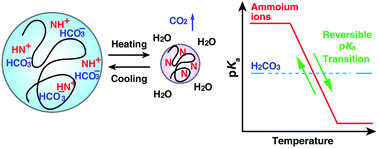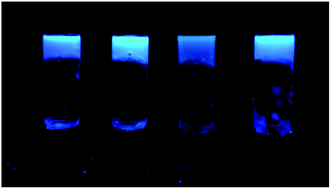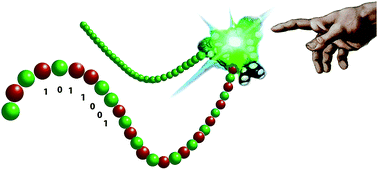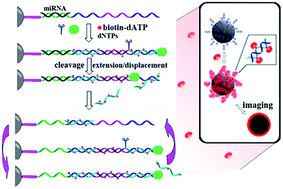Using theoretical calculations, researchers in the US and Japan, have cast a spotlight on the vital role that subtle, and previously overlooked, dispersion forces play in stabilising p-block heavy element bonding.
It was once thought that heavy elements could not form multiple bonds, but landmark work by inorganic chemists such as Mike Lappert in the 1970s blew the doors off this notion and opened up a whole new world for main group chemistry. Since then, the study of heavier p-block elements with multiple bonds has remained a topic of broad interest and exciting discoveries. One key development was that sterically large ligands block decomposition and stabilise bonds. However, questions over how and why these compounds remain stable continue to be debated. Read the full article in Chemistry World»

Read the original journal article in Chemical Science – it’s open access:
The multiple bonding in heavier group 14 element alkene analogues is stabilized mainly by dispersion force effects
Jing-Dong Guo, David J. Liptrot, Shigeru Nagase and Philip P. Power
DOI: 10.1039/C5SC02707A, Edge Article

















